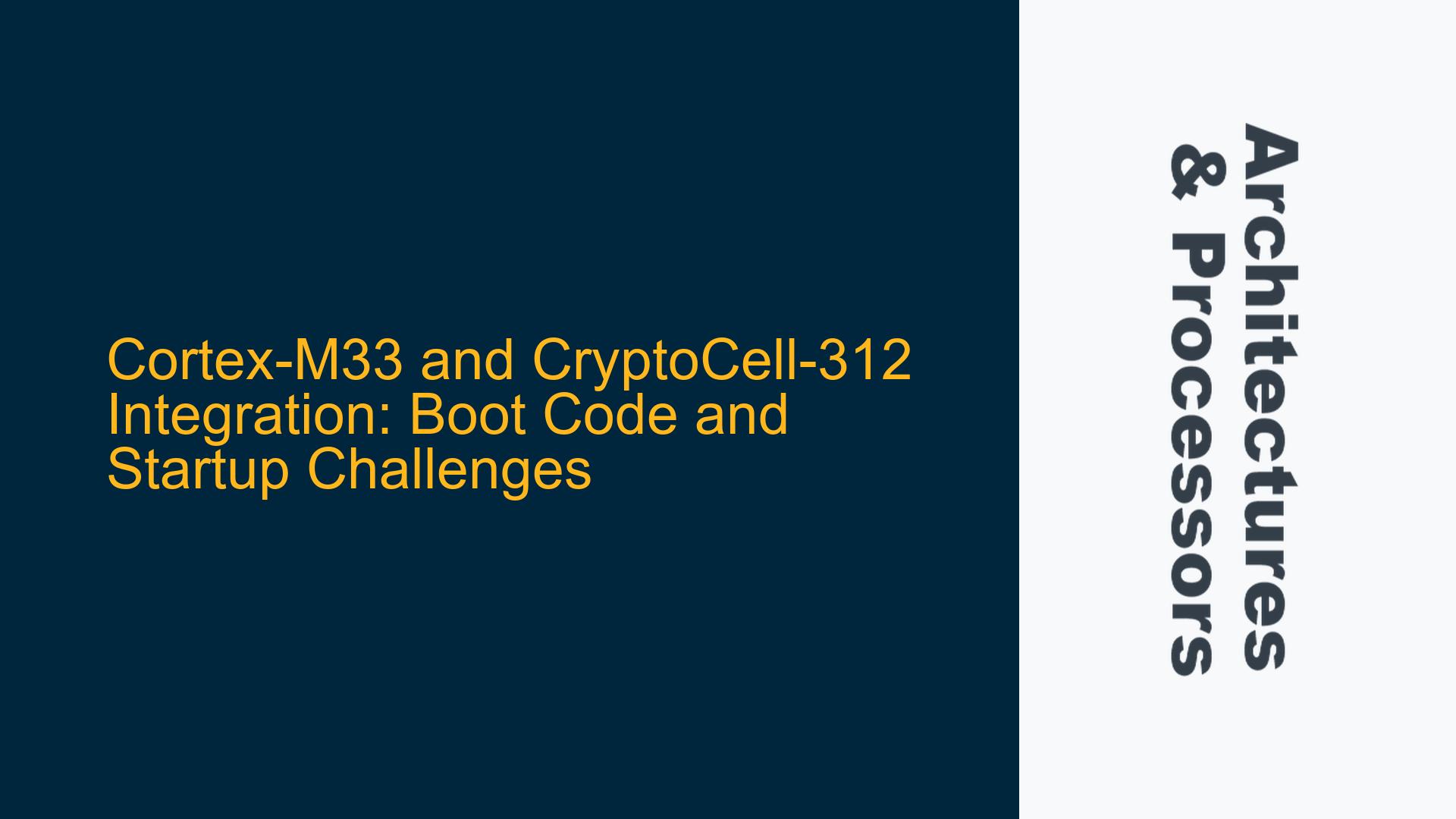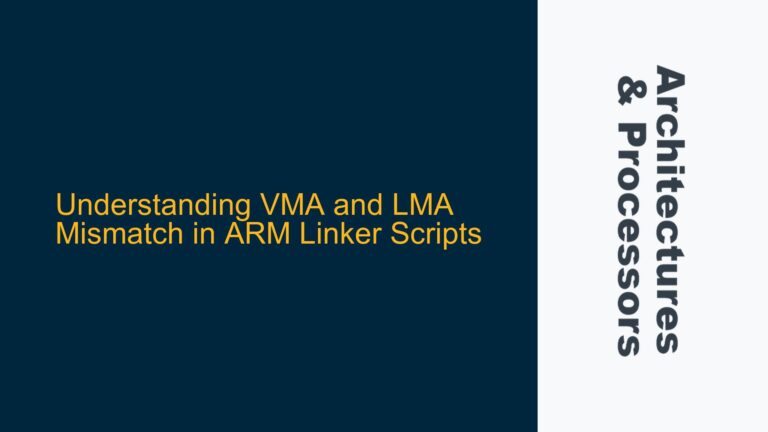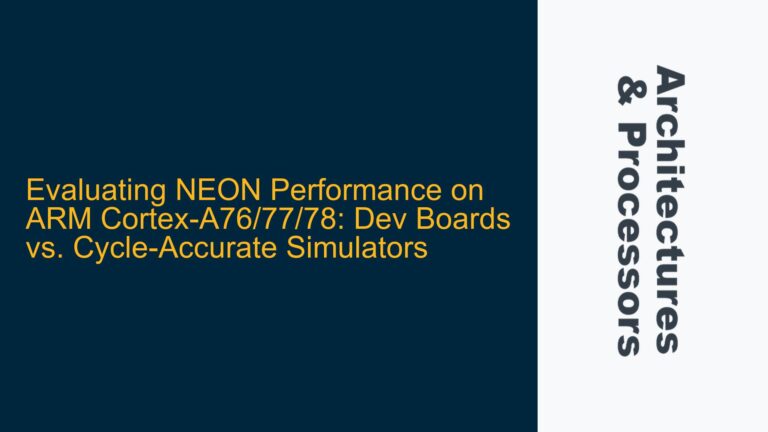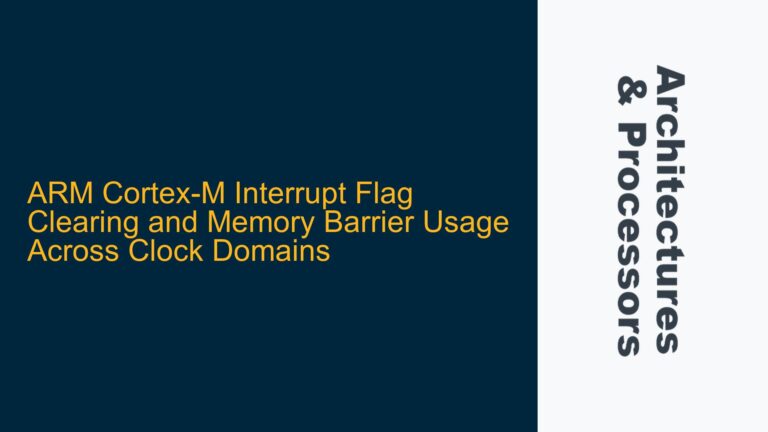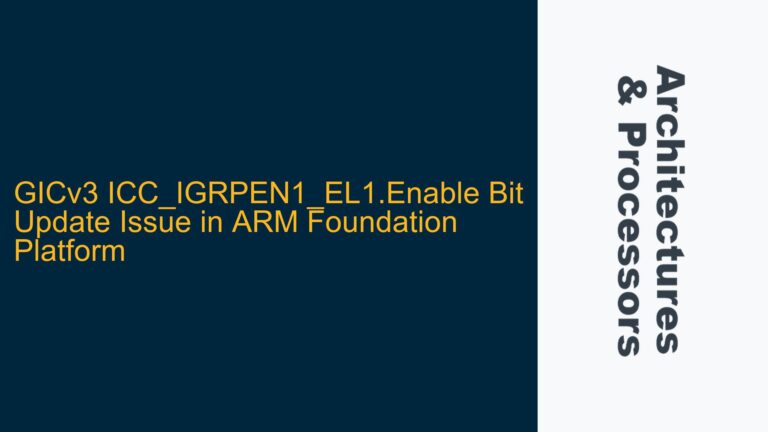Cortex-M33 and CryptoCell-312 Boot Code and Startup Code Requirements
When integrating the ARM Cortex-M33 processor with the CryptoCell-312 security subsystem, one of the most critical yet often overlooked aspects is the development of robust boot code and startup code. The boot code is responsible for initializing the hardware, setting up the memory map, and preparing the system for the execution of the main application. The startup code, on the other hand, handles the transition from the reset vector to the main application, including setting up the stack, initializing the vector table, and configuring essential system peripherals.
The Cortex-M33, being a member of the ARMv8-M architecture, introduces several advanced features such as TrustZone for Armv8-M, which adds an additional layer of security by partitioning the system into secure and non-secure states. The CryptoCell-312, a hardware-based cryptographic engine, further enhances the security capabilities of the Cortex-M33 by providing accelerated cryptographic operations, secure key storage, and tamper detection. However, the integration of these two components requires careful consideration of the boot and startup sequences to ensure that the system is both secure and functional from the very first instruction executed after reset.
The absence of sample source code for the boot and startup sequences is a common challenge faced by developers working with the Cortex-M33 and CryptoCell-312. This is particularly true when working at the IP level, where the microcontroller vendor has not yet provided a complete SDK. In such cases, developers must rely on the ARM documentation, reference manuals, and their understanding of the underlying architecture to create the necessary code from scratch.
Missing Sample Code and Vendor-Specific SDK Limitations
The lack of sample source code for the Cortex-M33 and CryptoCell-312 integration can be attributed to several factors. First, the Cortex-M33 and CryptoCell-312 are relatively new IP blocks, and the ecosystem around them is still evolving. While ARM provides extensive documentation and reference manuals, the availability of ready-to-use sample code is often limited to specific microcontroller vendors who have already integrated these IP blocks into their products.
Second, the integration of the Cortex-M33 with the CryptoCell-312 involves several complex steps that are highly dependent on the specific use case and security requirements of the application. For example, the initialization of the TrustZone security state, the configuration of the memory protection unit (MPU), and the setup of the CryptoCell-312 registers all require a deep understanding of both the hardware and the software architecture. As a result, generic sample code may not be sufficient, and developers may need to customize the code to meet their specific needs.
Third, the development of boot and startup code for the Cortex-M33 and CryptoCell-312 is often considered a low-level task that is typically handled by the microcontroller vendor as part of their SDK. However, when working at the IP level, developers do not have access to this vendor-specific code and must instead rely on their own expertise to implement the necessary functionality.
Developing Custom Boot and Startup Code for Cortex-M33 and CryptoCell-312
To address the challenges of developing boot and startup code for the Cortex-M33 and CryptoCell-312, developers must follow a systematic approach that includes understanding the hardware architecture, writing the necessary initialization code, and testing the code on the target hardware. The following steps outline the process of developing custom boot and startup code for the Cortex-M33 and CryptoCell-312 integration.
Step 1: Understanding the Cortex-M33 and CryptoCell-312 Architecture
The first step in developing custom boot and startup code is to gain a thorough understanding of the Cortex-M33 and CryptoCell-312 architecture. This includes studying the ARMv8-M architecture reference manual, the Cortex-M33 technical reference manual, and the CryptoCell-312 user guide. Key areas to focus on include the TrustZone security state, the memory map, the vector table, the MPU, and the CryptoCell-312 registers.
The TrustZone security state is particularly important, as it determines whether the system is operating in the secure or non-secure state. The boot code must ensure that the system starts in the secure state and that the necessary secure resources are initialized before transitioning to the non-secure state. The memory map must also be carefully configured to ensure that the secure and non-secure regions are properly defined and that the MPU is set up to enforce the required memory protections.
The vector table is another critical component of the startup code. The vector table contains the addresses of the exception handlers, including the reset handler, which is the first function executed after reset. The vector table must be located in a known memory location, typically at the beginning of the flash memory, and must be properly aligned.
Step 2: Writing the Boot Code
The boot code is responsible for initializing the hardware and preparing the system for the execution of the main application. This includes setting up the clock system, configuring the memory map, initializing the MPU, and setting up the CryptoCell-312 registers.
The clock system initialization is typically one of the first tasks performed by the boot code. This involves configuring the system clock source, setting the clock frequency, and enabling the necessary peripherals. The memory map must also be configured to define the secure and non-secure regions, and the MPU must be set up to enforce the required memory protections.
The CryptoCell-312 registers must be initialized to enable the cryptographic operations and configure the secure key storage. This includes setting up the cryptographic algorithms, configuring the key slots, and enabling the tamper detection features.
Step 3: Writing the Startup Code
The startup code is responsible for transitioning from the reset vector to the main application. This includes setting up the stack, initializing the vector table, and configuring essential system peripherals.
The stack must be set up to ensure that the system has a valid stack pointer before any function calls are made. This typically involves setting the stack pointer to the top of the stack memory region and initializing the stack frame.
The vector table must be initialized to ensure that the exception handlers are properly defined. This includes setting the reset handler to the address of the main application entry point and configuring the other exception handlers as needed.
Essential system peripherals, such as the SysTick timer and the interrupt controller, must also be configured during the startup sequence. The SysTick timer is typically used to generate periodic interrupts for the operating system, while the interrupt controller is used to manage the system interrupts.
Step 4: Testing the Boot and Startup Code
Once the boot and startup code have been developed, they must be tested on the target hardware to ensure that they function correctly. This involves loading the code onto the target hardware, running the code, and verifying that the system initializes correctly and transitions to the main application.
Testing the boot and startup code can be challenging, as the system is in a very early state and debugging tools may not be fully functional. However, it is essential to verify that the system is properly initialized and that the secure and non-secure states are correctly configured.
Step 5: Iterating and Refining the Code
Based on the results of the testing, the boot and startup code may need to be iterated and refined. This may involve making adjustments to the clock system configuration, modifying the memory map, or updating the MPU settings. The CryptoCell-312 registers may also need to be reconfigured to optimize the cryptographic operations or enhance the security features.
The iterative process of testing and refining the boot and startup code is critical to ensuring that the system is both secure and functional. It may take several iterations to achieve the desired results, but the effort is well worth it to ensure that the system is properly initialized and ready for the main application.
Step 6: Documenting the Boot and Startup Code
Finally, it is important to document the boot and startup code to ensure that it can be maintained and updated in the future. This includes documenting the hardware initialization sequence, the memory map configuration, the MPU settings, and the CryptoCell-312 register settings. The documentation should also include any known issues or limitations and provide guidance on how to modify the code for different use cases.
Documenting the boot and startup code is essential for ensuring that the code can be understood and modified by other developers. It also provides a reference for future development efforts and helps to ensure that the system remains secure and functional over time.
Conclusion
Developing custom boot and startup code for the Cortex-M33 and CryptoCell-312 integration is a complex but essential task that requires a deep understanding of the hardware architecture and a systematic approach to code development. By following the steps outlined in this guide, developers can create robust and secure boot and startup code that ensures the system is properly initialized and ready for the main application. While the process may be challenging, the effort is well worth it to ensure that the system is both secure and functional from the very first instruction executed after reset.
